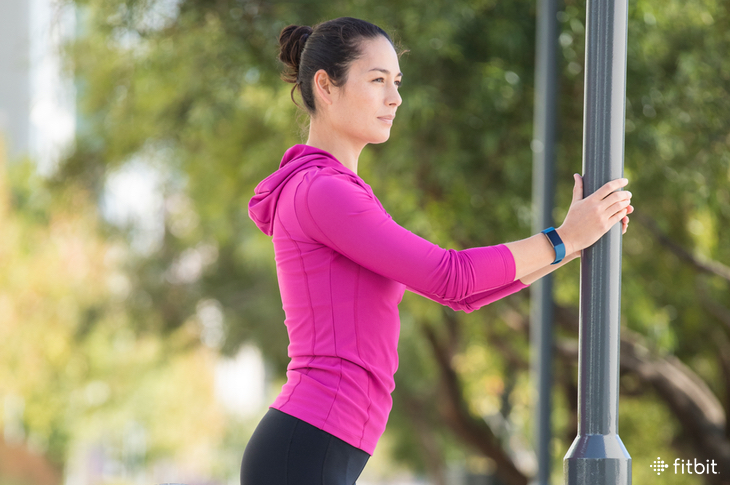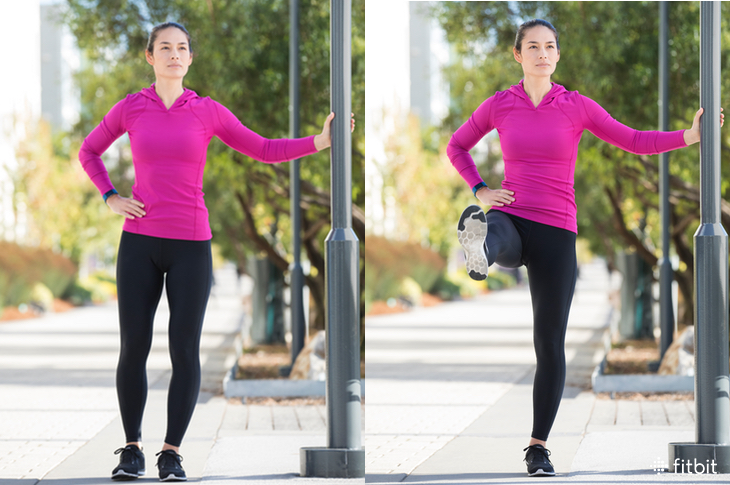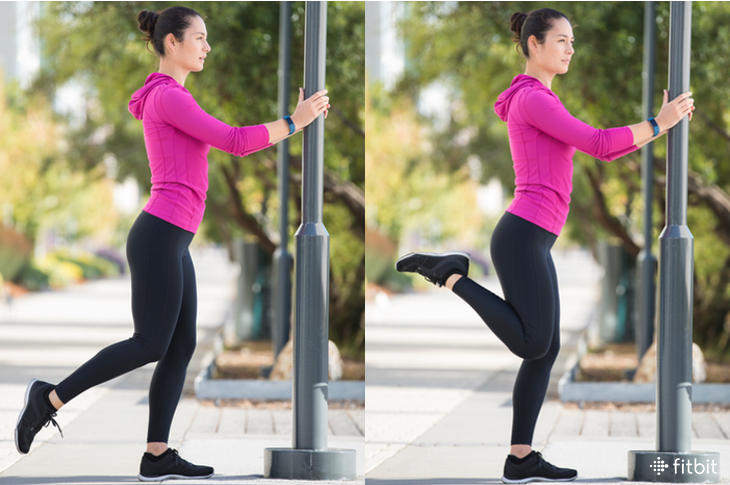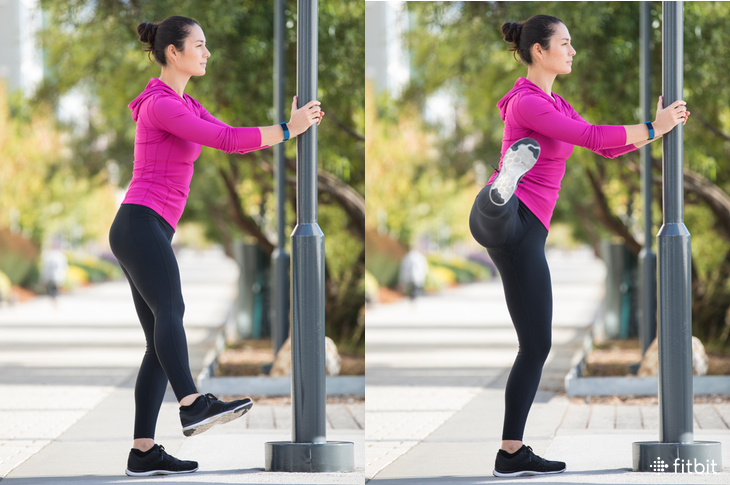]
There was a time when static-stretching poses—like the good old stand-up-and-touch-your-toes routine—were go-to movements, but more recently priming your workout with a series of static stretches has been shown to potentially reduce strength and slow muscle reactions. So now you should simply hop out of bed in the morning or get up from your desk after work, change, and head straight onto the road, right? Wrong.
Skipping all stretching is a mistake, says Geoff Gray, doctor of physical therapy and founder of the Heeluxe footwear research lab. Dynamic stretching is the way to go, but it doesn’t have to be a long-and-involved process. Gray says even the simplest dynamic flexibility work can improve your walking and running. “It has a really profound impact on how people interact with the ground, their mobility, and their posture,” says Gray. There are many effective mobility drills, but he points to one movement in particular: “If you do one thing, make it leg swings.”
Coach Jay Johnson, author of Simple Marathon Training, agrees. “So many injuries can be traced to weakness and dysfunction at the hip,” says Johnson. “By doing some leg swings prior to the first steps of a run, you give yourself a better chance to run with symmetric hips, which decreases the risk of injury.”
Richard Hansen, sports chiropractor and coach of the elite Roots Running Project in Boulder, CO, adds to the list of benefits. “Leg swings create a pumping mechanism, helping move fluid in and out of your joints while stimulating blood flow in the surrounding tissue to improve not just flexibility of the joint capsule, but also of the tissue that you’re going to be using for performance—whether that’s running, walking, or going up and down stairs.”
Unlike static stretching, leg swings increase mobility without reducing your performance readiness. “They allow you to have the range of motion that you require for that joint to move, but still maintain the tension to stabilize the joint and produce power when you need it,” says Hansen. Plus, it stimulates the nervous system, getting it ready to engage quicker to react to turns, jolts or when you want to speed things up. “Bottom line: Leg swings set you up for a better session, and they decrease the chance of injury for future sessions,” says Johnson.
Doing leg swings is as simple as it sounds. Before you take your first step, take three minutes to warm-up with these three basic leg swings.
1. Linear Straight Leg Swing
For this move, “My cue is ‘Just go to where you hip will allow,’” says Hansen. “Don’t let your pelvis rotate across your body. We’re looking for pure hip motion.”

Directions:
- Find a wall or fence to hold onto, making sure you have plenty of space on each side. Stand beside the support so you can swing your leg forward and back.
- Keeping your torso tall and straight, swing one leg as far as it will comfortably go in each direction. Keep your leg straight the whole time to focus the movement at your hip. You want to get a full range of motion, but don’t force the swing so far that your hips rotate or your back bends.
- To guard against excess motion, you can put one hand on your lower back to feel when the spine starts to torque—back off a bit at that point. Swing the leg comfortably forward and back ten times, feeling a stretch in your hamstring when your leg goes forward and in the hip flexor when it swings backwards.
- Repeat with the other leg.
2. Linear Bent Leg Swing

With the linear bend leg swing, “Gravity is controlling the motion—you’re just using the leg as a pendulum,” says Hansen.
Directions:
- Staying in the same position at the wall or fence, bend your knee while you swing your leg.
- Your leg will swing faster, and you’ll feel the stretch more in your glute and upper hamstring when your knee comes forward, and in your upper quad and hip flexor insertion point when your foot drives back.
- Swing the leg comfortably forward and back ten times. Repeat with the other leg.
3. Lateral Leg Swing:
The lateral swings increase the range of motion of the muscles on the outside and inside of your hips, plus “wakes them up” to do their job of stabilizing your hips and knees as you head out for your walk or run.

Directions:
- Turn so you are facing the wall or fence for support. Swing one leg left to right in front of you.
- As in the linear swing, try for full range of motion, but don’t force it by rotating your body. Find yourself twisting? Put a hand on your stomach to monitor your pelvis and cue your abdominals to contract while you move your leg.
- Swing the leg comfortably side to side ten times. Repeat with the other leg.
The post Warm Up For Your Next Walk or Run With 3 Simple Swings appeared first on Fitbit Blog.
Source: Fitbit Blog
—